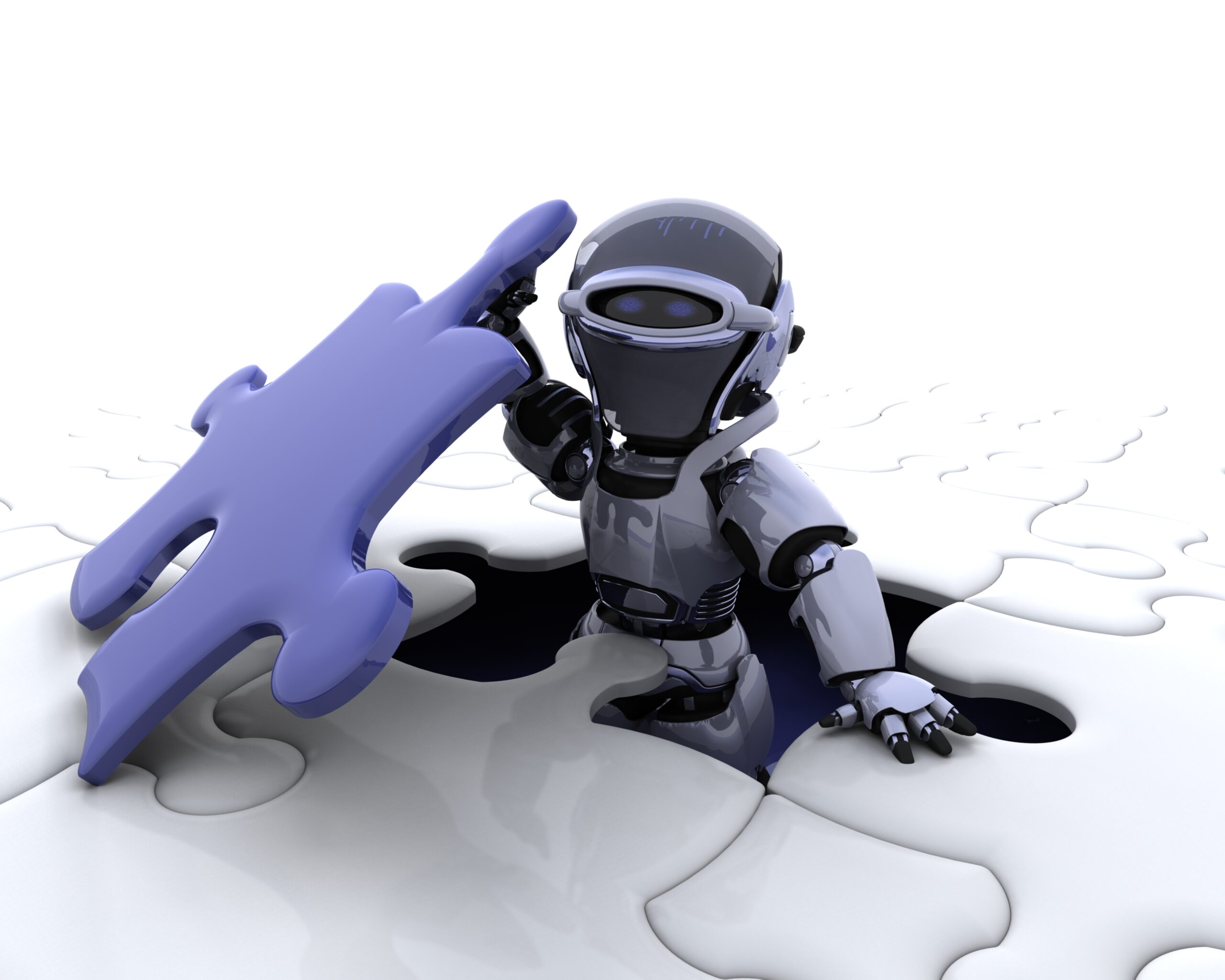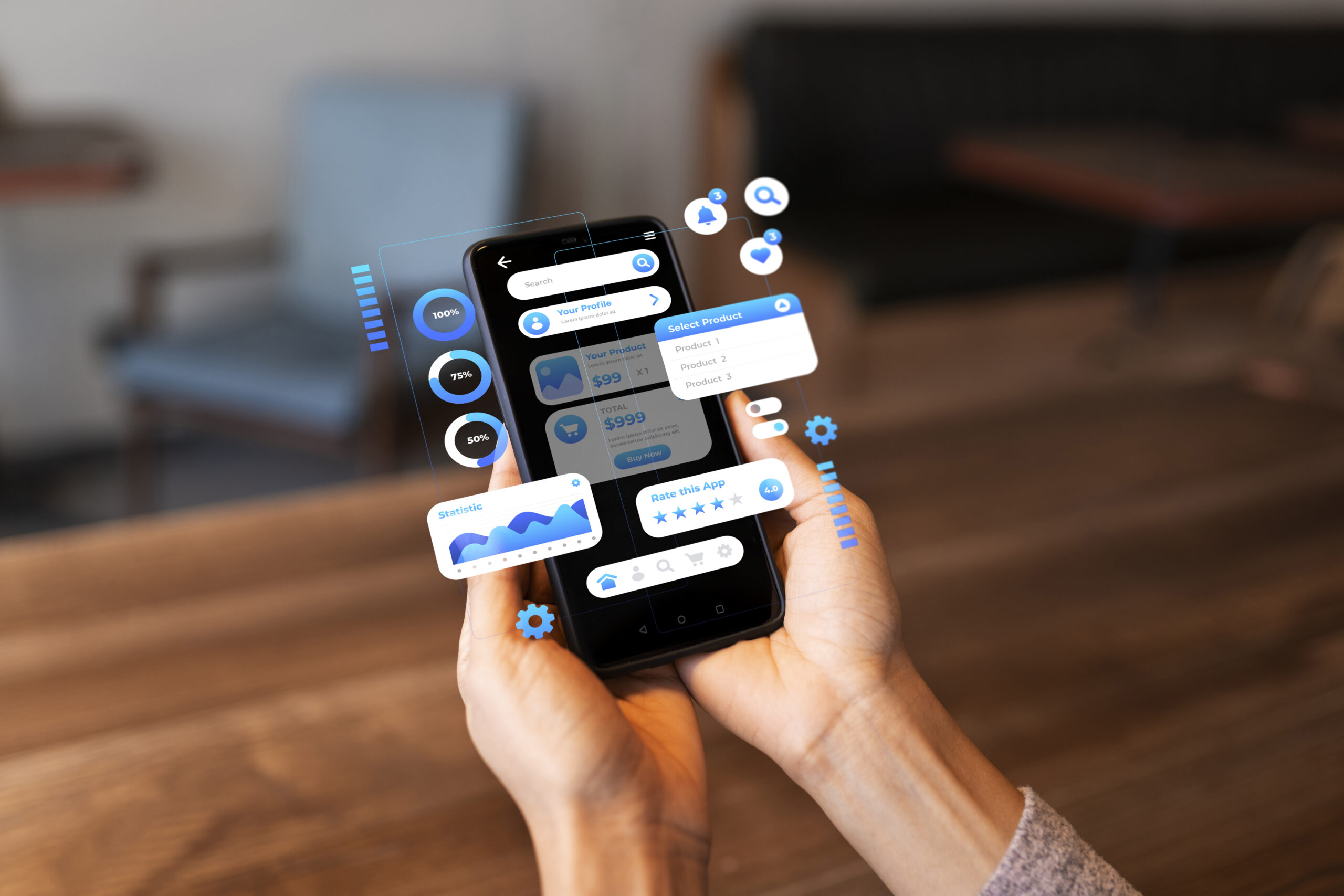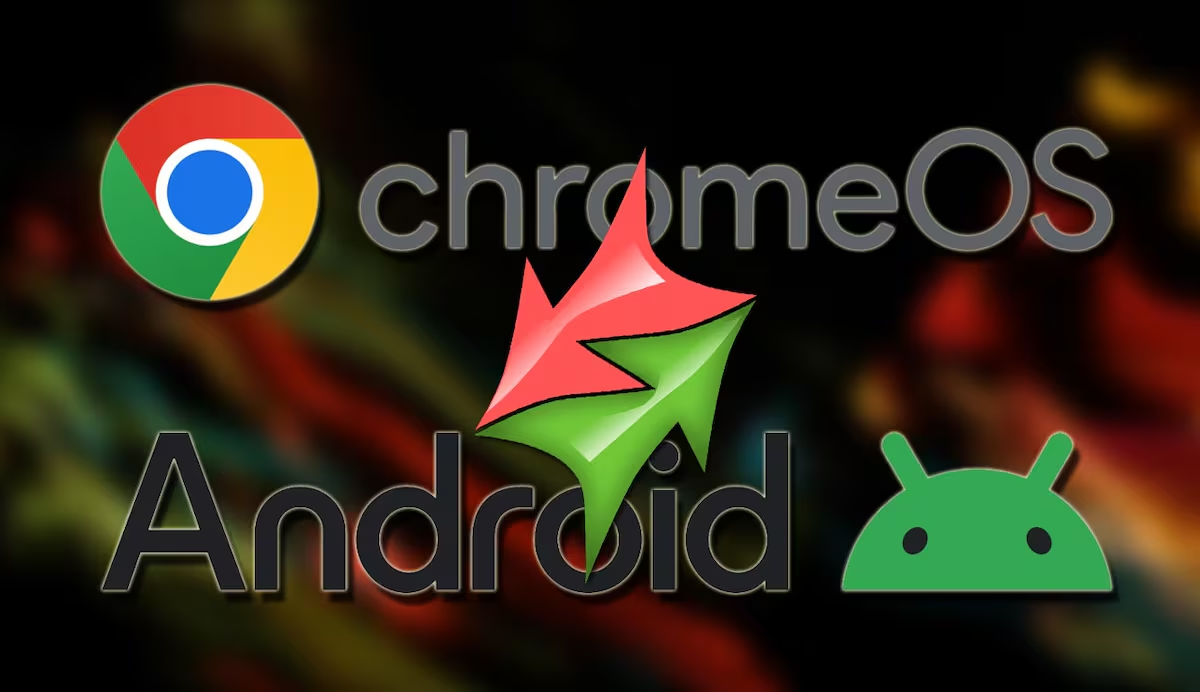Generative AI is no longer a futuristic concept. In 2025, it’s becoming a core part of how designers, marketers, and product teams create. Whether it’s branding a new startup, designing a user interface, or prototyping a product, generative AI is reshaping creative workflows.
From tools like Midjourney and DALL·E that generate stunning visuals, to ChatGPT and Gemini that help brainstorm and write brand narratives, generative AI is giving creatives superpowers. But it’s not just about saving time—it’s about enhancing originality, democratizing design, and unlocking new possibilities.
Let’s dive into how generative AI is revolutionizing three major domains: branding, UI/UX, and product innovation.
1. Branding: From Ideas to Identity at Lightning Speed
Visual Identity Generation
Brands today need to launch fast. With generative AI tools like Midjourney, designers can explore dozens of logo concepts in minutes. Tools like Looka and Brandmark use machine learning to create complete brand kits—logos, color palettes, typography, and mockups—tailored to a business’s personality.
AI tools now also analyze brand archetypes and audience behavior to recommend tone, style, and even slogans. For example, ChatGPT can generate naming ideas, brand taglines, or mission statements aligned with a company’s values.
Real-world example: Coca-Cola used generative AI in its “Create Real Magic” campaign, allowing fans to generate art using branded assets and OpenAI’s technology. The result? A viral engagement boost and a new era of participatory branding.
Content and Copywriting
Generative AI platforms like Jasper, Copy.ai, and ChatGPT help brand teams write website copy, ad headlines, product descriptions, and social posts. Rather than replacing human copywriters, AI enhances ideation and speeds up content generation.
Stat to know: According to a 2024 Adobe survey, 71% of marketing professionals reported using generative AI in content production, with a 40% reduction in turnaround time.
2. UI/UX Design: Faster Prototypes, Smarter Interfaces
Wireframing and Prototyping
Generative AI tools like Uizard and Galileo AI allow UX designers to turn sketches or text prompts into wireframes, mockups, or full UI prototypes. A simple prompt like “Design a fintech dashboard with spending graphs and transaction history” can generate an interactive screen.
Designers can then refine the AI-generated layout, saving hours of repetitive work.
Personalized UX with AI
Beyond design creation, generative AI is powering personalized user experiences. AI algorithms analyze user data and dynamically adjust content, layouts, and product flows.
Example: Netflix uses AI to personalize thumbnails and content suggestions. In e-commerce, platforms like Shopify leverage AI to generate custom storefronts based on user behavior.
Accessibility Improvements
Generative AI also helps improve accessibility. Tools like Microsoft Designer or Figma plugins can suggest alt text, color contrast adjustments, and readable font pairings based on inclusive design standards.
Pro tip: Many design teams now pair generative AI with no-code platforms (like Webflow) to go from idea to launch in record time.
3. Product Innovation: Concept to Reality, Reimagined
AI for Industrial and Product Design
AI is transforming industrial design. Tools like Autodesk Dreamcatcher and Gravity Sketch use generative design algorithms to suggest multiple versions of a product based on constraints like weight, cost, and materials.
Rapid Ideation and Concept Visualization
Need to pitch a new wearable device or packaging concept? AI image generators can bring rough ideas to life visually in minutes. This speeds up stakeholder alignment, customer testing, and iterative prototyping.
Example: Adidas used AI to create and test sneaker designs by combining real user data with AI-generated visualizations. This led to faster product launches and more relevant features.
AI in 3D Modeling and Simulation
Generative AI is also being used in CAD workflows. Platforms like Nvidia Omniverse and RunwayML offer capabilities like real-time physics simulations, environment generation, and motion design—critical for game developers, architects, and industrial designers.
According to McKinsey, companies adopting AI in product development see up to 30% faster time-to-market.
Ethical Considerations and Creative Control
While generative AI opens new doors, it also raises questions:
- Who owns AI-generated designs?
- How do we ensure originality?
- Can AI reproduce biased or culturally insensitive outputs?
Leading design firms are developing ethical guidelines for AI use. The future of creative work will likely involve a hybrid approach—humans steering the vision, AI accelerating the execution.
Future Outlook: What’s Next for Creatives?
In the next 2-3 years, expect generative AI to become fully embedded in creative stacks:
- Real-time collaboration: Teams co-designing with AI in virtual studios
- Multimodal design: Combining text, images, video, and voice with AI
- Human-AI feedback loops: Creatives training their own AI models for brand-specific tasks
The shift isn’t about man vs. machine. It’s about man with machine.
Final Thoughts: Empowerment Through AI
Generative AI isn’t here to take over creativity. It’s here to amplify it. Designers are no longer limited by time, budget, or tools. With platforms like ChatGPT, Midjourney, and Figma AI plugins, creators can:
- Explore more ideas
- Get to market faster
- Personalize experiences at scale
As long as we use AI responsibly and keep human intention at the core, the future of design looks bright—and beautifully intelligent.





